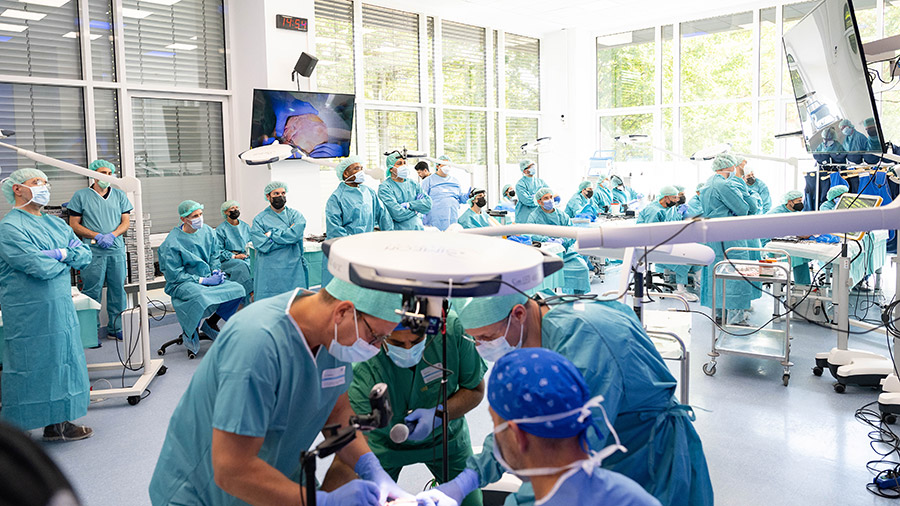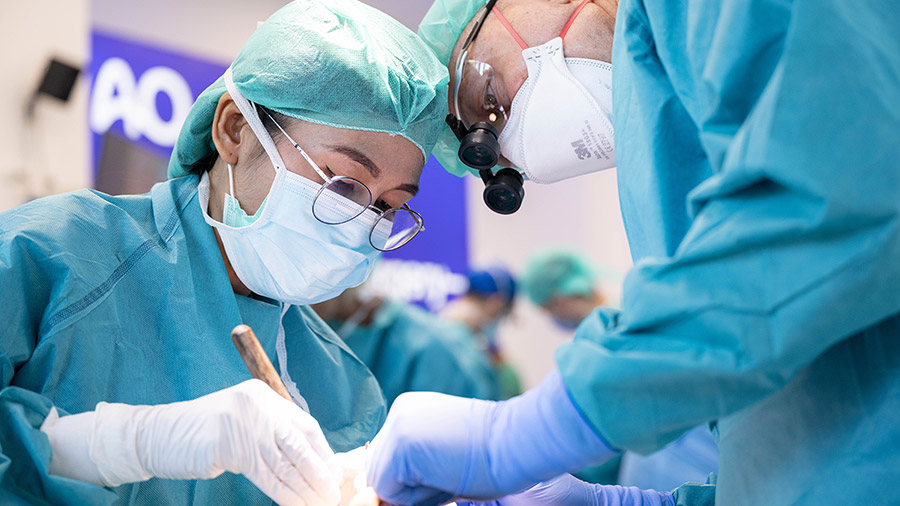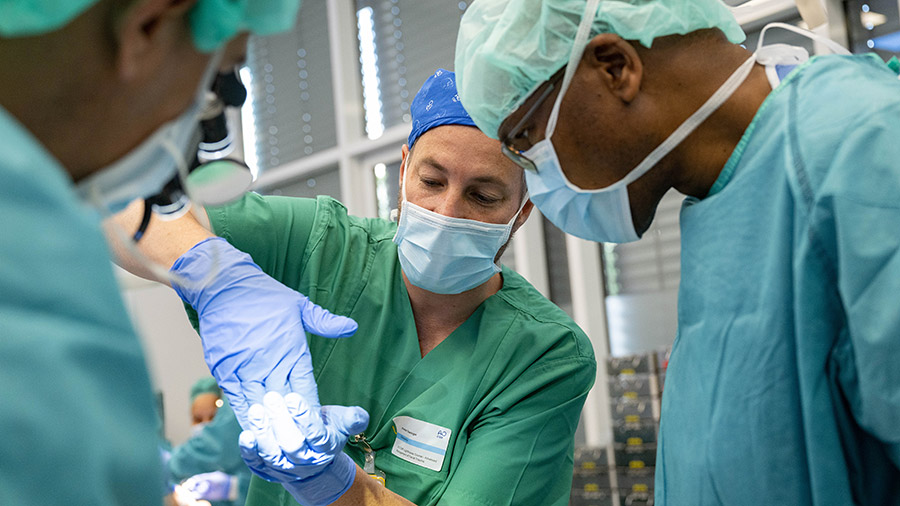Shining a light on AO CMF's specialized, high-demand Lighthouse course series

The Lighthouse educational concept launched by AO CMF in 2019 introduced high-demand, face-to-face, on-site courses with practical exercises using human anatomical specimens. These courses are redefining surgical education by focusing on what matters most to the surgeon participants: maximum time in the operating room and doing what they love while working alongside globally renowned experts in the field.
This concept has proven highly successful and highly regarded, with an ever-expanding range of topics.
"The Lighthouse concept was to offer the very best AO CMF human anatomical specimen-based courses. All courses have been backward planned and the curricula are highly innovative. The idea was to combine the best anatomy labs and the most skilled and effective faculty with attractive, cost-effective, and easily accessible urban locations for the social part of the courses,” said AO CMF Education Commission Stefano Fusetti. “The courses focus on contemporary topics in cranial maxillofacial surgery with most of the participants' time spent in the anatomy lab, performing dissections and surgical techniques.”
Target participants and topics
Having been developed based on patient problems and performance gaps at the advanced and masters levels, the Lighthouse courses target qualified surgeons as well as residents in the late stages of training who are treating those pathologies and performing those surgical procedures addressed in the course. Since the launch, Lighthouse courses on these topics have been developed.
- Orthognathic surgery
- Facial trauma surgery
- Aesthetic and functional surgery
- Reconstructive surgery
- Surgical approaches
- Temporomandibular joint (TMJ) surgery.
Resources
Globally approved by the AO CMF Education Commission, the programs were successfully rolled out with several events throughout Europe and then fine-tuned. They are now ready for faculty to use in course planning for their regions. The standard programs are available in the Faculty Support Package. This will also contain, over the next months, additional course preparation resources—such as slide decks with the learning objectives and take-home messages, lab setup images, and instrument lists.
While course chairpersons and faculty are expected to maximize the proven strengths of the standard programs, they may choose to make some minor adjustments to account for any regional differences. Additionally, online components such as pre-course materials may be added to augment the learning experience.
Chairpersons’ perspectives
Course chairpersons who have implemented the Lighthouse concept in their regions described the value these educational events deliver.
“The Lighthouse courses, we believe, offer the best hands-on experience in craniomaxillofacial (CMF) [education] worldwide. With the involvement of the key opinion leaders worldwide, AO CMF has developed leading-edge courses, in which participants have substantial work on human specimens and receive current recommendations and guidelines for patient care as well as exposure to the newest technologies,” said Majeed Rana, chairperson of the AO CMF Lighthouse Course—Advanced Management of Facial Trauma. “The highest value is created by fostering close, supportive faculty-participant interactions. Faculty and participant feedback, then, drives the focus on content improvement.”
Florian Thieringer, chairperson of the AO CMF Lighthouse Course—Advanced Management of Facial Trauma, added that "The Lighthouse course concept is committed to offering exceptional AO CMF courses rooted in human anatomy. This entails not just expertly designed curricula and distinguished faculty, but also modern anatomy labs in cost-effective, easy-to-reach urban venues. Courses are centered around important current cranial maxillofacial surgery subjects. Emphasizing practical learning, they leverage advanced MedTech applications like patient-specific implants, 3D printing, 3D navigation, imaging, and AR/VR/MR technology, ensuring participants spend ample time in cadaver labs gaining hands-on experience with these innovative tools and surgical techniques.”


